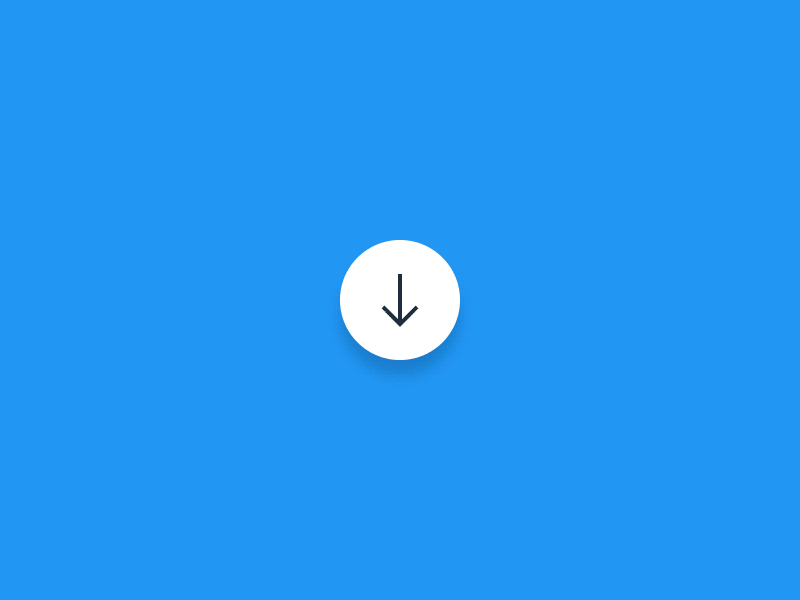Web design is a dynamic field that continually evolves with technological advancements and changing user preferences. As we look ahead to the summer of 2024 and into 2025, several emerging trends are set to shape the future of web design. Here are some predictions based on current developments and expert insights.
1. AI-Driven Personalization Artificial Intelligence (AI) will continue to play a significant role in web design, particularly in personalizing user experiences. By 2025, websites will increasingly use AI to analyze user behavior in real-time and dynamically adjust content to meet individual preferences. This could include personalized product recommendations, customized layouts, and tailored user interfaces that adapt based on user interactions.
2. Immersive 3D Web Experiences The integration of 3D elements into web design is expected to grow, creating more immersive and interactive experiences. By summer 2024, we can anticipate more websites incorporating 3D models, animations, and virtual environments that allow users to explore products and services in a virtual space. This trend will be particularly prominent in e-commerce, real estate, and education sectors.

3. Advanced Microinteractions Microinteractions—small, subtle animations that provide feedback to user actions—will become more advanced and prevalent. These interactions will go beyond simple hover effects to include complex animations that enhance user engagement and make websites more intuitive. Expect to see more websites using microinteractions to guide users through processes, such as filling out forms or navigating menus.

4. Enhanced Accessibility Web accessibility will gain even more importance as regulatory requirements become stricter and awareness grows. AI-powered accessibility tools will become more sophisticated, automatically adjusting websites to be more inclusive for users with disabilities. This includes features like voice navigation, real-time text-to-speech conversion, and enhanced keyboard navigation.
5. Voice User Interfaces (VUIs) With the rise of smart speakers and voice-activated devices, voice user interfaces will become a significant trend in web design. By 2025, more websites will incorporate VUIs, allowing users to interact with sites using voice commands. This will enhance accessibility and provide a more hands-free browsing experience.
6. Sustainable Web Design As environmental concerns become more pressing, sustainable web design practices will gain traction. This includes optimizing websites to reduce energy consumption, using eco-friendly hosting services, and designing with minimalism to decrease data transfer. Expect to see more companies highlighting their sustainable web practices as part of their brand identity.
7. Minimalism and Maximalism While minimalism has been a staple in web design for years, a new wave of maximalism is emerging. This trend embraces bold colors, intricate patterns, and dynamic layouts. By summer 2024, we will see a blend of these styles, with some websites opting for clean, minimalist designs, while others adopt a more vibrant and detailed aesthetic.
8. Seamless Omnichannel Experiences Consumers expect seamless experiences across all digital touchpoints. By 2025, web design will increasingly focus on creating cohesive omnichannel experiences that integrate websites with mobile apps, social media, and physical stores. This ensures a consistent brand experience regardless of how users interact with a company.
9. Next-Gen Typography Typography will continue to evolve, with designers experimenting with new fonts and dynamic text layouts. Variable fonts that adjust weight, width, and other characteristics based on screen size and user preference will become more common. This will enhance readability and add a unique visual appeal to websites.
10. Real-Time Collaboration Features With the increase in remote work and online collaboration, websites will integrate more real-time collaboration features. Tools that allow multiple users to interact and work together on the same platform simultaneously will become standard. This is particularly relevant for project management tools, online education platforms, and collaborative software.
The future of web design is bright and full of innovation. By staying ahead of these emerging trends, businesses can create websites that are not only visually appealing but also highly functional and user-centric. Embracing AI, immersive experiences, advanced accessibility, and sustainability will be key to staying competitive in the ever-evolving digital landscape.